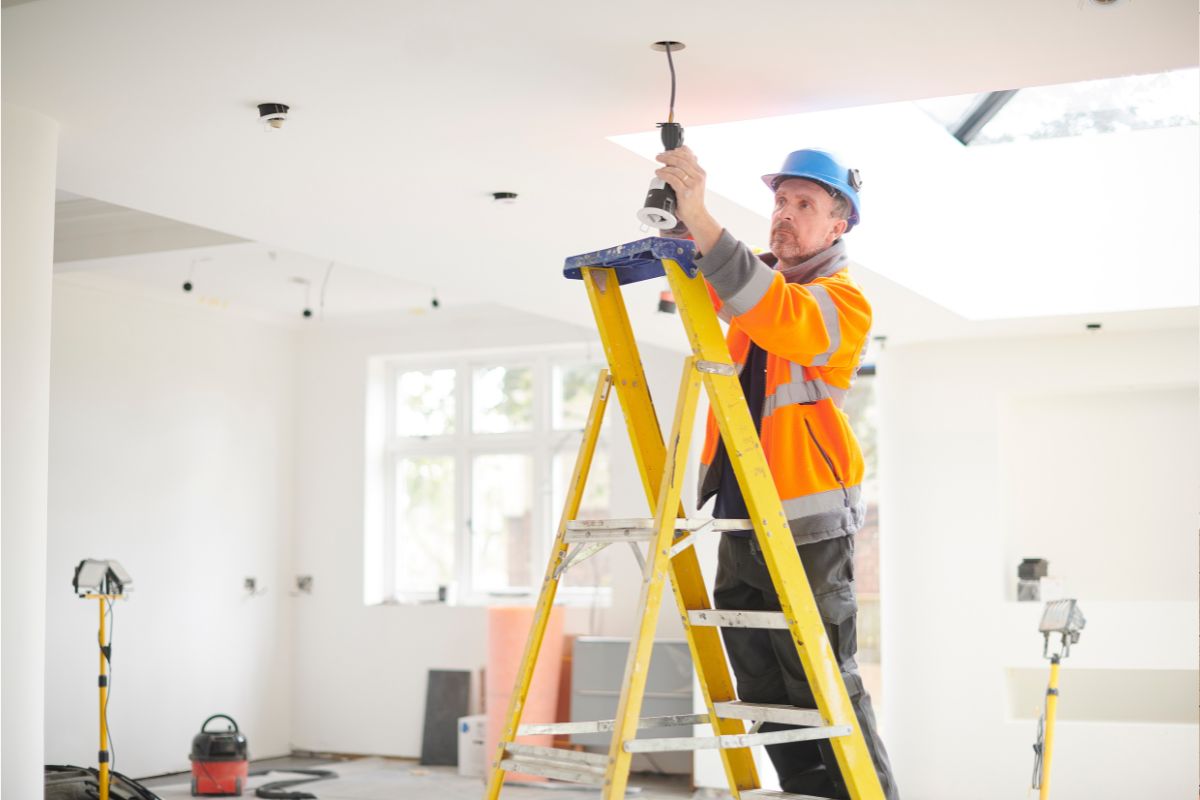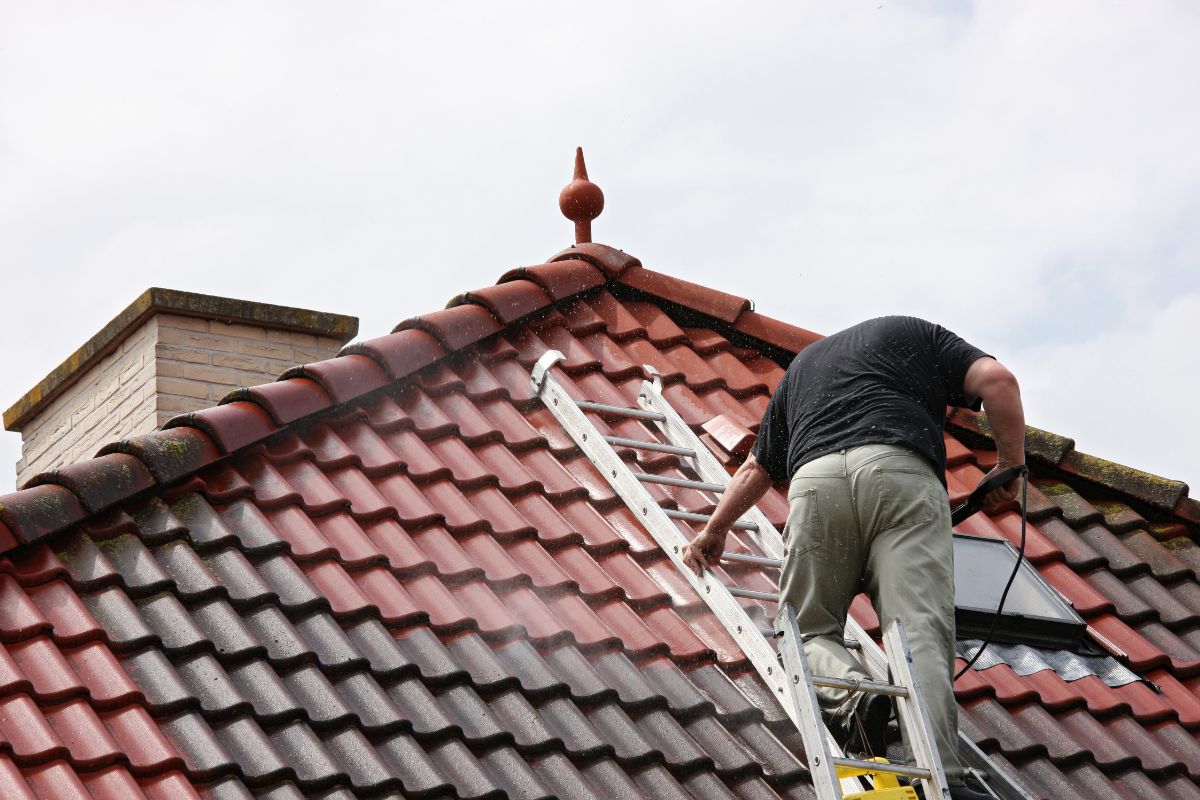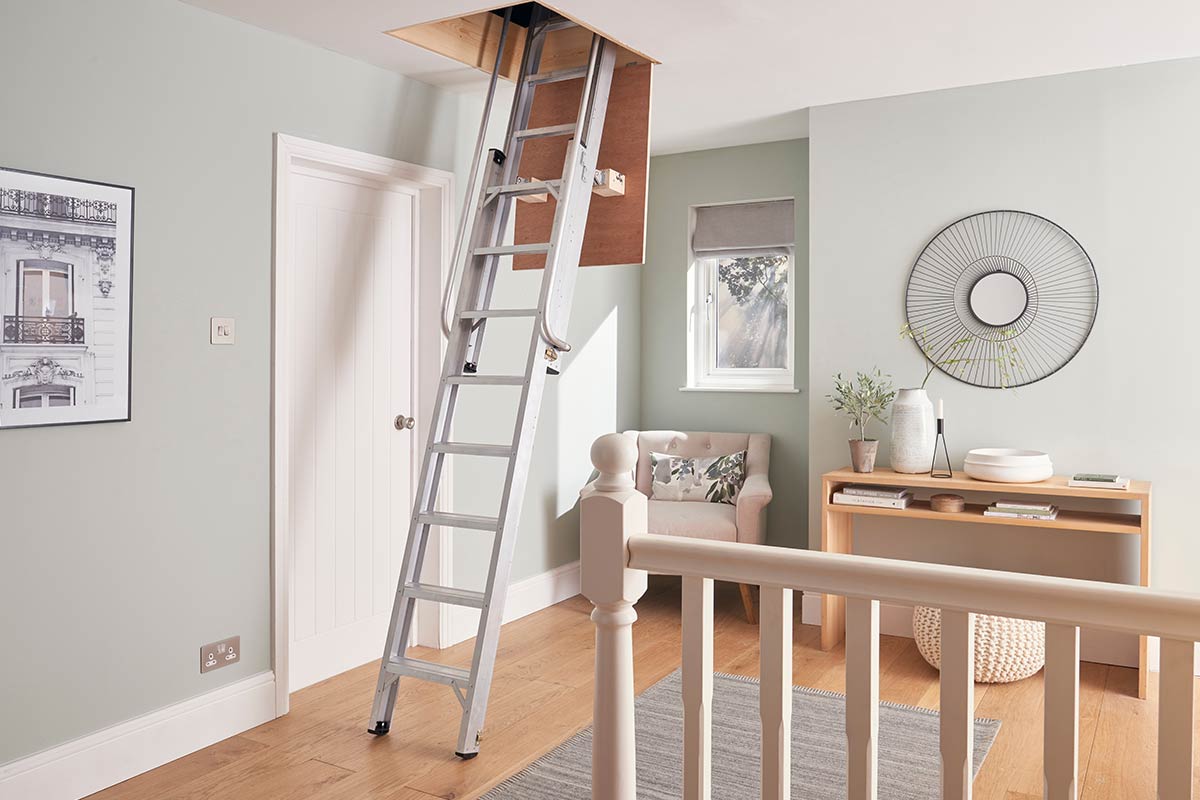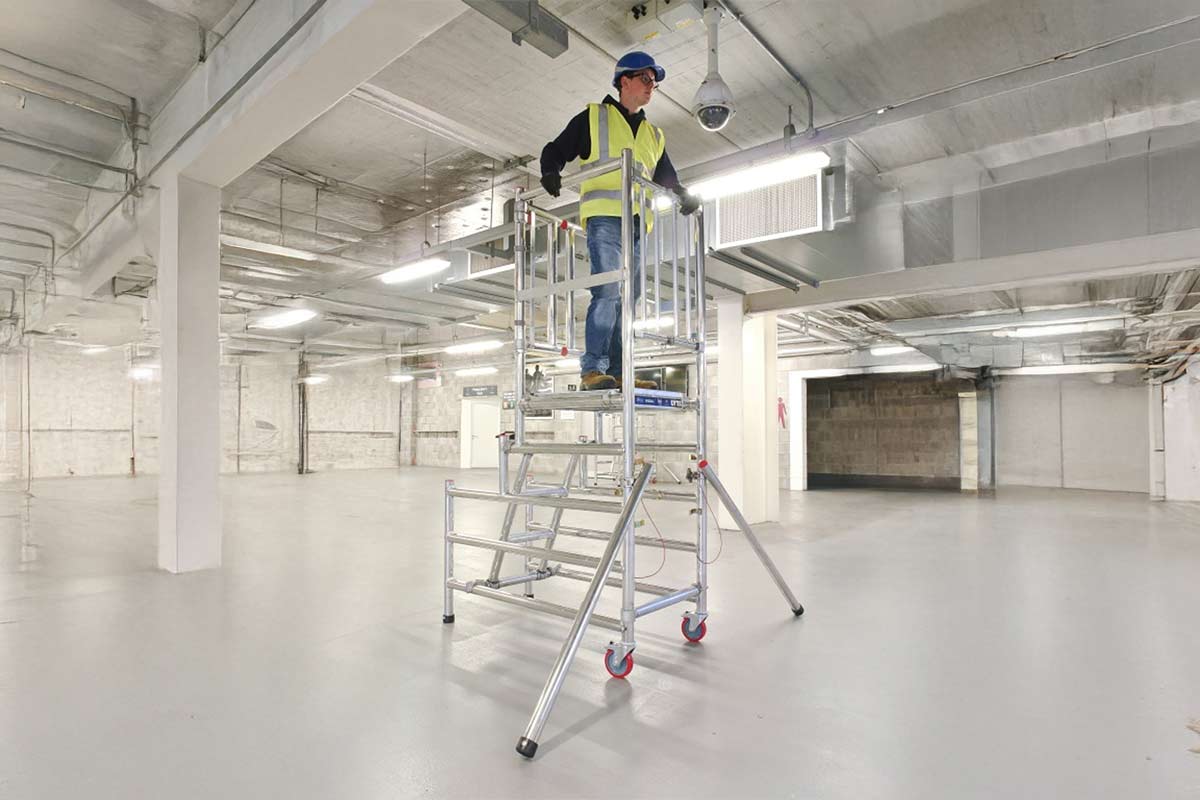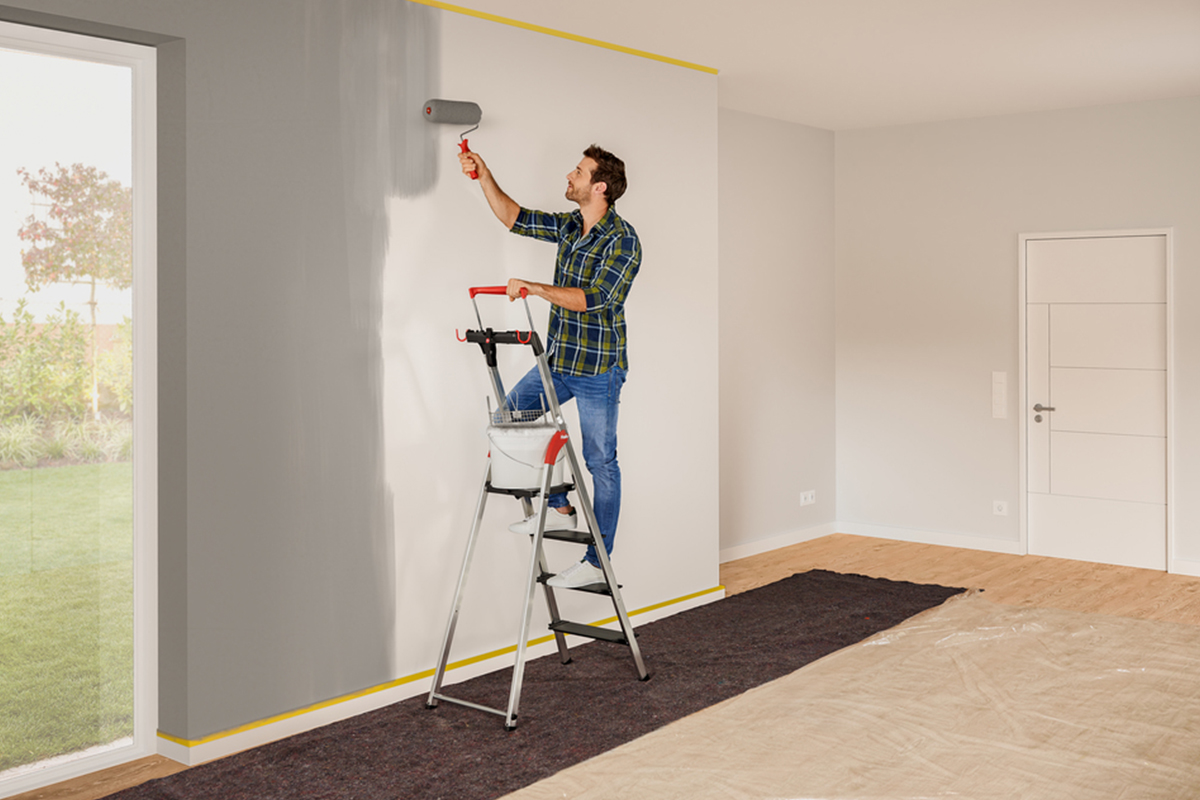A Beginner’s Guide To Extension Ladders
September 23, 2024 | Nate Cord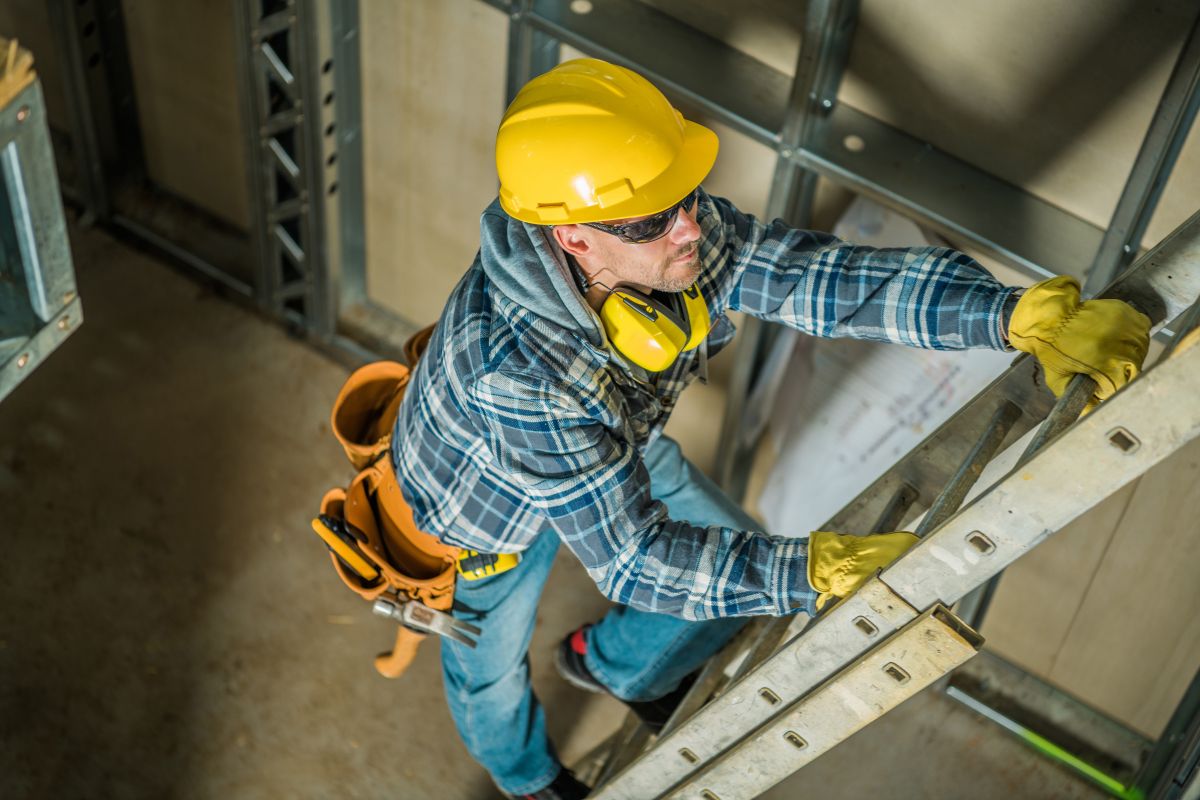
Got questions about extension ladders? We’ve got answers. This guide covers everything you need to know about extension ladders before buying, using and storing one.
What are Extension Ladders?
Extension ladders are ladders made up of two or more sections that fit together and can be adjusted in length. The base of the ladder is always fixed to the ground, while the top section (the “fly”) extends using brackets or guides to provide additional height when needed. On longer models, a rope and pulley system might be used instead to adjust the length of the fly sections.
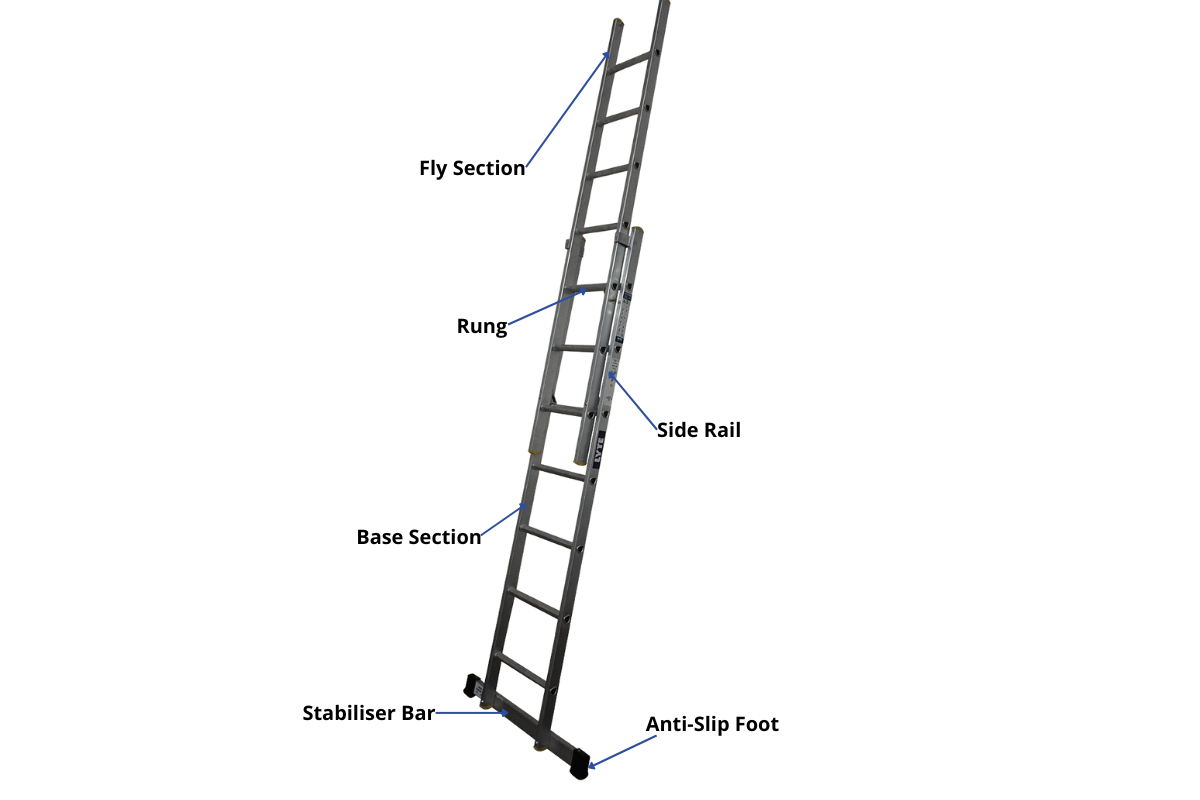
Unlike step ladders, extension ladders are not self-supporting and must lean against a stable structure, such as a wall. Indeed, extension ladders are best suited for working at heights over 5m. Anything lower and a step or non-extendable, single-section ladder is recommended. If you need to work at height for more than 30 minutes, need to reach a large area of wall or a surface that is over 9m high, need greater freedom of movement while working at height, or if you’re unable to secure your ladder, a scaffold tower should be used instead of a ladder.
Types of Extension Ladders
There are two main types of extension ladders: double and triple. As their names suggest, a double-section extension ladder is made up of two sections that slide (or travel) past each other to adjust the ladder’s height. Triple-section ladders are similar to double-section ladders but with an additional sliding section. This extra section allows for a greater maximum height.
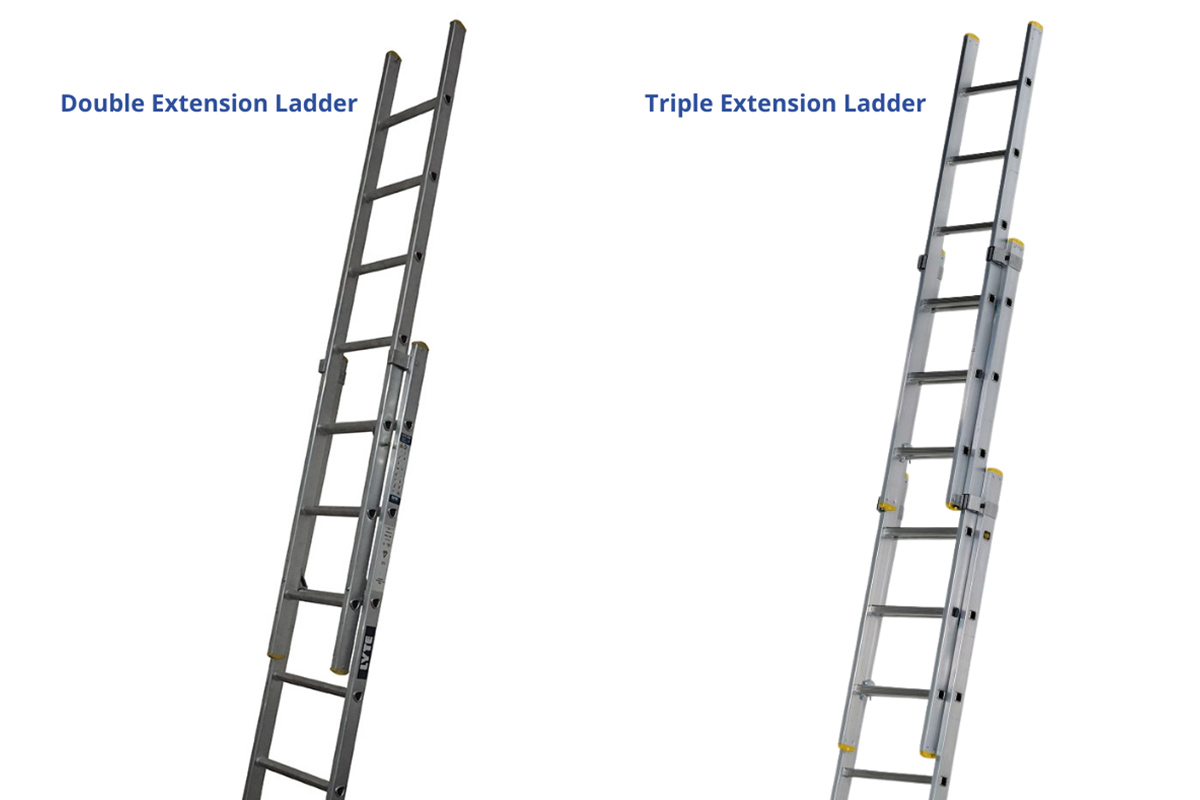
Note that a double-extension ladder has to be extended just once, making it slightly easier to use than a triple-extension ladder. However, a triple-extension ladder can be closed down smaller, making it easier to store, manoeuvre and transport.
Trade vs. Domestic
As part of determining the type of ladder you need, you also need to consider whether you require a trade or domestic ladder.
Trade ladders are for those who work at height as part of their job, which must be certified to EN131 professional standards. Domestic ladders, otherwise known as DIY extension ladders, will be certified as EN131 non-professional. The latter should not be used for trade and industrial applications but is suitable for low-risk jobs at home.
To meet the EN131 standard, ladders are designed and tested to take a maximum total load of 150 kg, including the user, their tools, equipment and materials. Professional ladders are subject to tougher durability requirements because they are expected to be subjected to more onerous and heavy-duty use than domestic ones.
How Are Extension Ladders Measured?
Extension ladders tend to be measured by their total length when fully extended, not the length of the individual sections. However, it is important to remember that the usable length is usually about 3 feet (or 1 metre) less than the ladder’s total length. This difference accounts for the overlap required between sections.
In addition, you cannot use the ladder in a vertical position since it needs to lean against a supporting wall. This can take up to 1 metre off the potential height you can reach.
Are Extension Ladders Safe?
Yes, extension ladders are safe when used in line with official health and safety guidelines, but come with risks if those guidelines are not followed.
How to Safely Use an Extension Ladder
First things first, select a ladder that is appropriate for the task, considering its height, material and intended use (trade or domestic). Always check the ladder for damage, such as cracks, bent sections, or missing parts, before use. Once you are certain the ladder is safe for the job, you should:
1. Place the ladder on a flat, stable surface, and ensure it is leaning at the correct angle (approximately 75 degrees or a 4:1 ratio – 1 unit out for every 4 units up).
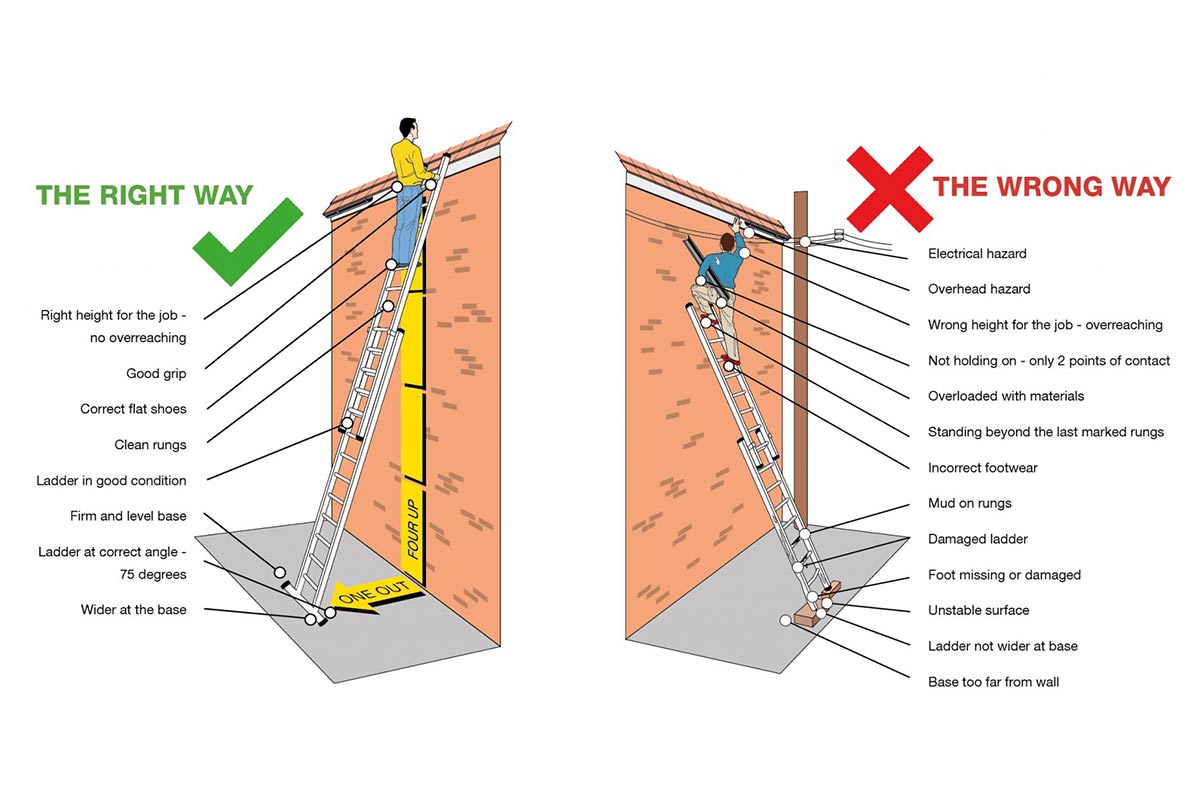
2. Whenever possible, tie the ladder off or use a stabilizer to prevent slipping. If this is not possible, securely wedge the ladder or foot it as a last resort.
3. Always have two hands and one foot or two feet and one hand on the ladder while climbing or descending. Avoid holding items when climbing (consider using a tool belt instead).
4. Don’t overreach – keep your body centred within the side rails of the ladder. Your belt buckle (or navel) should remain within the stiles.
5. Don’t overload the ladder – consider your weight and the equipment or materials you are carrying before working at height.
6. Adjustments to an extension ladder must be made by the user when standing at the base of the ladder. Under no circumstances is an extension adjustment to be made when anyone is standing on the ladder.
When in doubt, check the pictogram or label on the ladder for all advisory information.
How To Store an Extension Ladder
Storing your extension ladder correctly protects it from environmental factors like moisture, dirt, and UV rays, which ensures it remains in good condition for years to come. Our top tips for storing your ladder are as follows:
- Before storing your ladder, wipe it down to remove any dirt, dust, or chemicals.
- Store your extension ladder in a dry, indoor location, to protect it from the elements,
- Avoid storing in overcrowded or high-traffic areas to prevent injuries or damage to the ladder.
- Use proper supports to secure the ladder against a wall or in a corner, such as using a strap, bungee cord, wall hook/bracket, or rack.
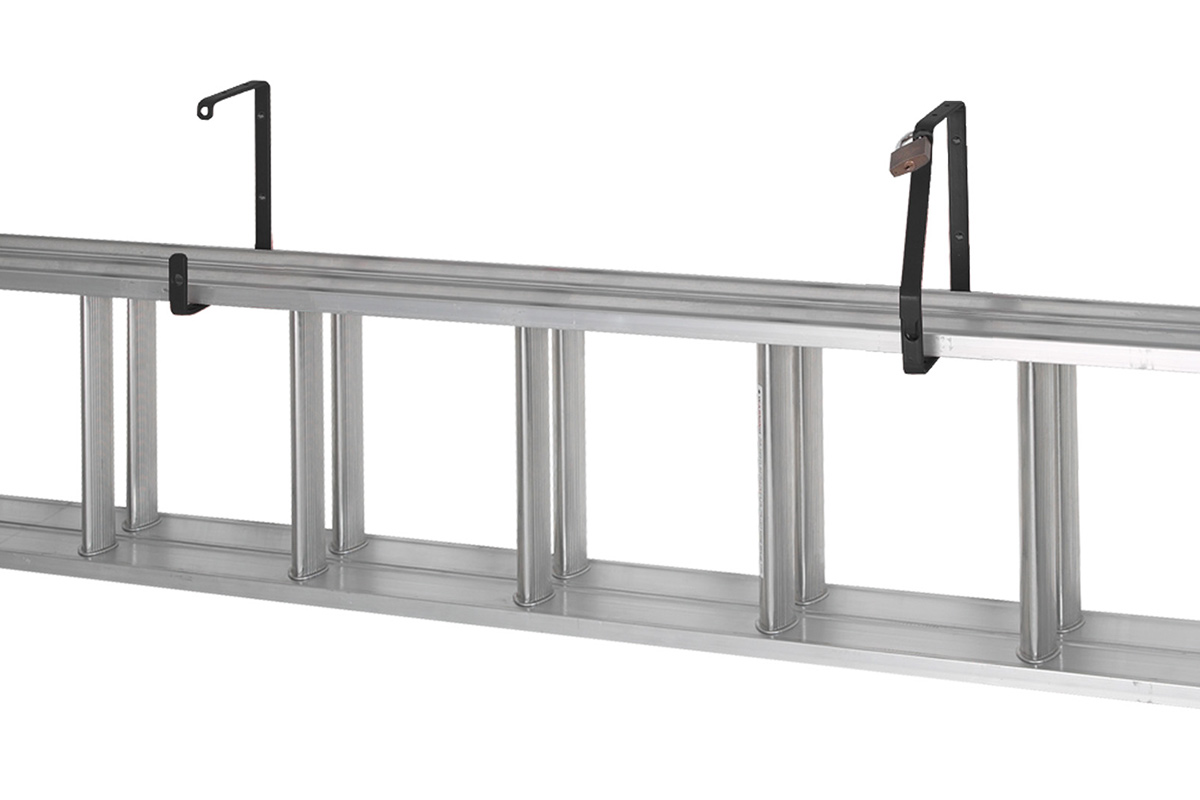
Looking for a reliable ladder, scaffold tower or other premium access equipment? At Ladders4Sale, we offer a range of ladders, platforms, steps, towers and accessories for all trade and do-it-yourself jobs at unbeatable low prices. Better yet, all of our products come with lifetime support – after your initial purchase, we continue to provide ongoing support and assistance for free. In addition to this, all orders come with free shipping to mainland UK.
If you require additional advice or have a question for our team, don’t hesitate to get in contact with us using this form or via phone at 01639 849847.
Be the first to know the latest industry news and offers
